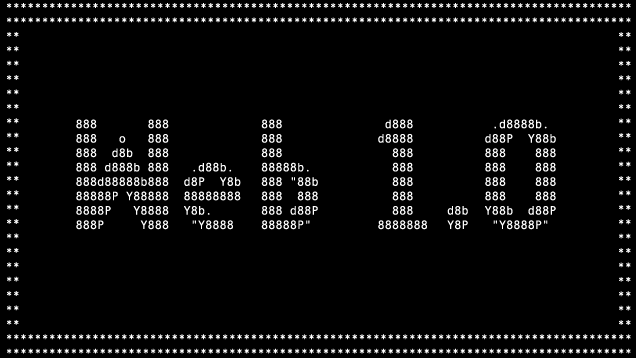The booming size of today’s mainstream social networks and the constant level of noise we have to deal with has inspired a sudden return to a time when the internet was quieter, safer and more intimate: the Web 1.0 days. Like artisanal hipster nostalgia for a time when men were men, shoes were handmade, and everyone pickled their own vegetables, the internet’s vanguard is pushing for a return toward a simpler digital era.
We’re tired of being told what to do, what to see and how to interact online by platforms that resemble rat mazes more than sandboxes. We’re nostalgic for the close-knit, DIY nature of the early web, where everything was smaller, from the communities to the design itself.
So why not replicate this experience today? That’s the attempt being made by a handful of new sites and platforms, like the promised ad-free social network Ello, the lo-fi Tilde.club, and Facebook’s new retro forums app, Rooms.
Nostalgic for intimacy
When it first got popular, Facebook was like the back room at a club: a cosy space filled with just your friends, everyone clearly connected to everyone else. Now, it’s more like a stadium, with thousands of voices competing to be heard on every activity feed. Brands and strangers clamor for attention alongside people you might actually know, and it’s getting harder to connect with the people you really want to reach.
But the web doesn’t have to be so big.
Ello grew from a niche social network full of graphic designers into a viral phenomenon, in large part due to its anti-Facebook branding. The new site not only says it will never sell an ad, it also promises to never harvest any user data, a double-hitter that consciously denies all the ways social networks have actually been making money. Web 2.0 meant being big, efficient and monetised, and now the newcomer is riding the backlash.
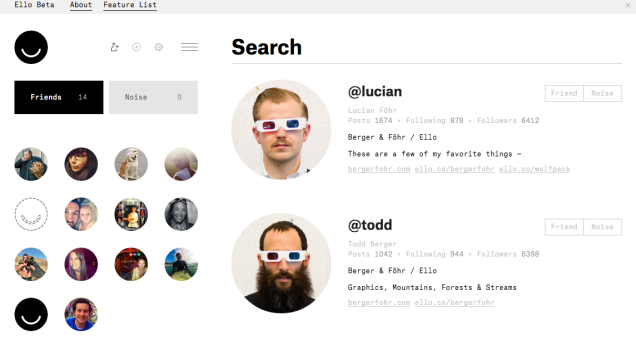
Picture: Ello
Facebook’s own Rooms app similarly promises to recreate the lost sense of online intimacy, by giving users single-purpose spaces to discuss their passions (beat-boxing is already popular) pseudonymously. Even the social media behemoth itself seems to have realised that it’s too big to handle on a daily basis.
In fact, Rooms developer Josh Miller even consulted with the founders of Web 1.0 communities like Metafilter to create the new app. We can trace a line from those early message platforms, like Usenet and IRC chats, directly to the more recent explosion of group chat apps like GroupMe and Slack that give us unmediated digital spaces in which to gather. The new wave of social networking is all about rediscovering who your real friends are.
Nostalgic for free-form self-expression
Niche communities that aren’t overseen by giant companies also have the freedom to evolve on their own and embrace identities and designs that wouldn’t be possible on Facebook. For the currently in-vogue Tilde.club, that means a nostalgic first-generation HTML aesthetic that its users manage to make look avant-garde instead of silly, like a couture fashion label suddenly embracing fleece.
Paul Ford, a writer, editor and programmer, launched Tilde as “a pure lark”, he later wrote on Medium. Its name is a reference to the symbols that designated the pages of separate users on social websites in the ’90s. Similarly, the new site allows its users to create their own homepages with the basic tool of a command line.
Tilde’s user sites are examples of free-form self-expression that feel rare in the Facebook era. Awl proprietor Choire Sicha is using it to blog about his gym visits. New York Times reporter Jenna Wortham hosts status updates made of vibrant animated text. These are things you might not want to share with all your followers.
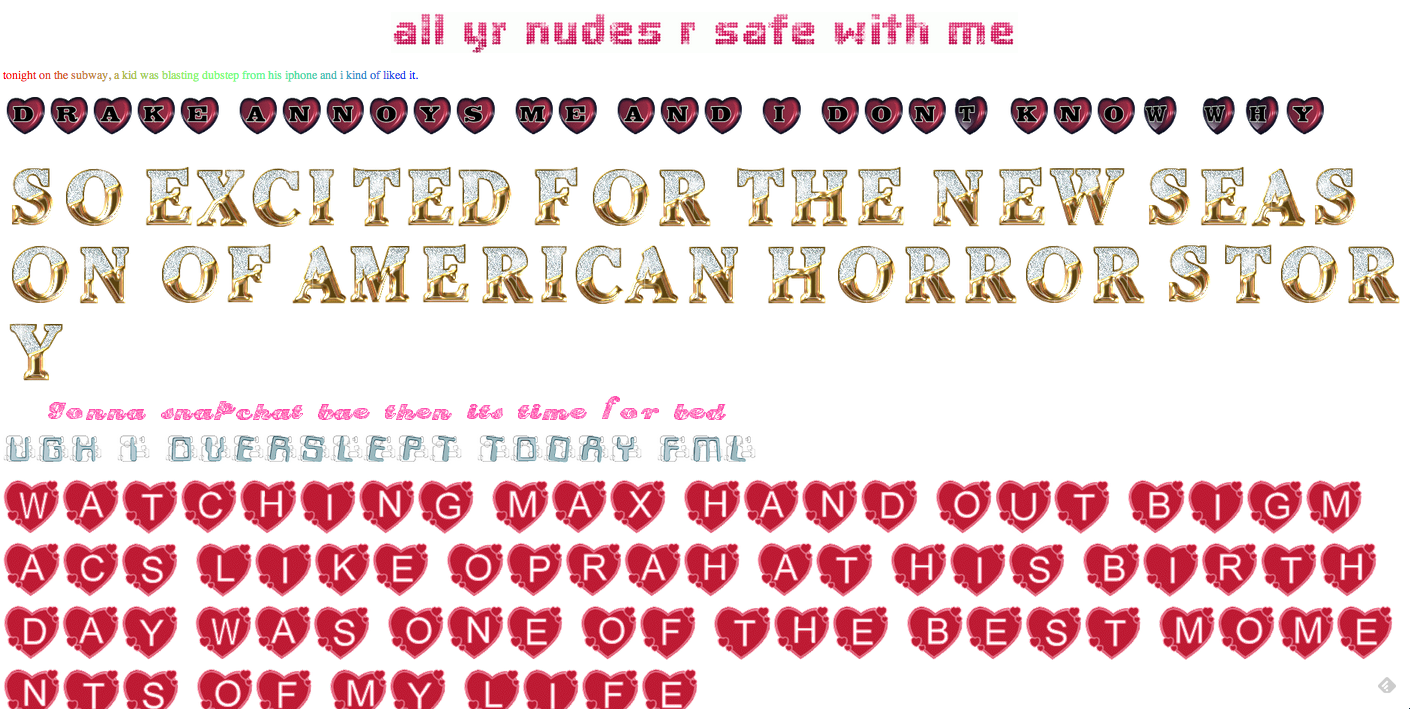
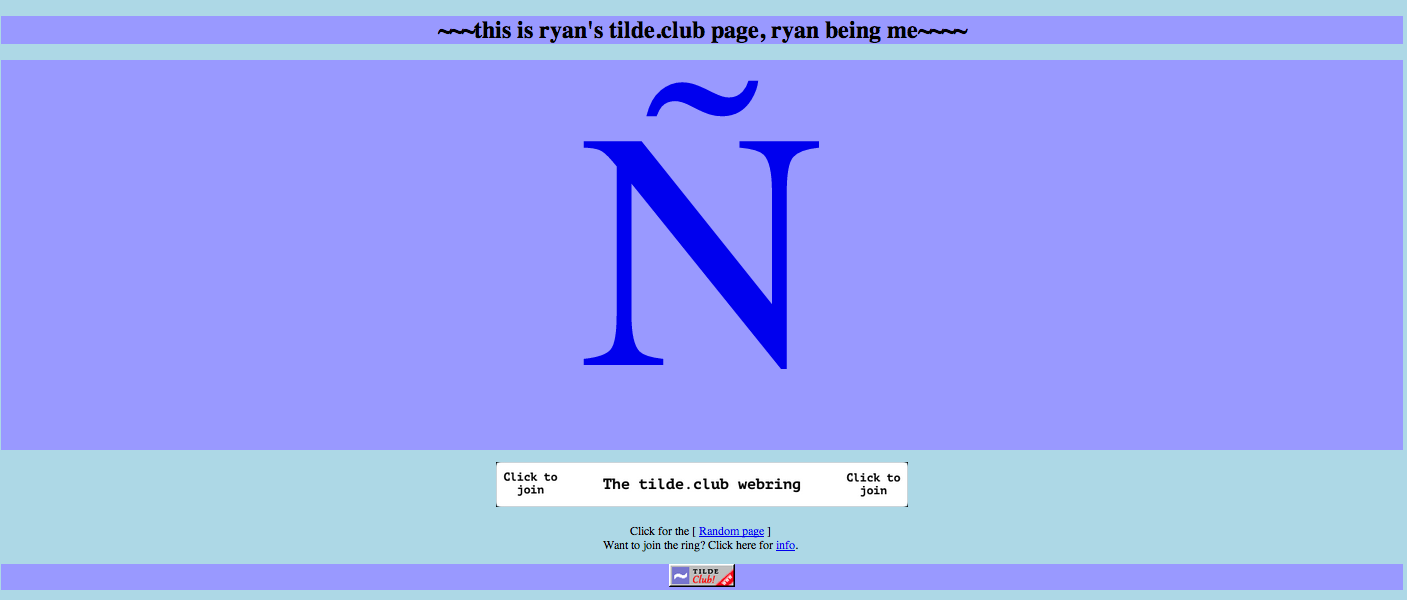
Pictures: Tilde.club
Because Tilde’s content isn’t as open to the internet at large, it’s easier to be earnest. “People have more fun when they can be vulnerable and open,” Ford explained to me in an email. Especially when they “aren’t bracing themselves for a bunch of shrieking arseholes to violently weigh in on every possible thing in order to score more virtual rage points.” The appeal of a tighter content ecosystem is clear when any public tweet might be singled out by an internet terror machine like Gamergate.
Spam may have been a latent threat in the Web 1.0 era, but the prevalence of anonymity and the simple nature of social networks made it feel generally harmless. The loss of online privacy has become a much more imminent danger as of late. The internet is now a much more public place where anything that gets written has a tendency to fall into the wrong hands almost immediately. Threats of hate-group trolling and hacking make a return to a safer time even more appealing. Facebook, Twitter and Ello don’t do enough to protect their users, but smaller social networks can self-police.
Tilde isn’t even really a social network, and it’s particularly difficult to make your own version, Ford pointed out. It’s “a shared Unix computer on the internet. You could boot up a new Tilde.Club on any Mac,” he wrote. The site is more of a web-hosting service in the mould of Web 1.0 darlings like Geocities, Tripod or Angelfire, which have also been coming back into fashion — see the name-checking throwback Neocities, where users can build simple websites with the help of code tutorials.
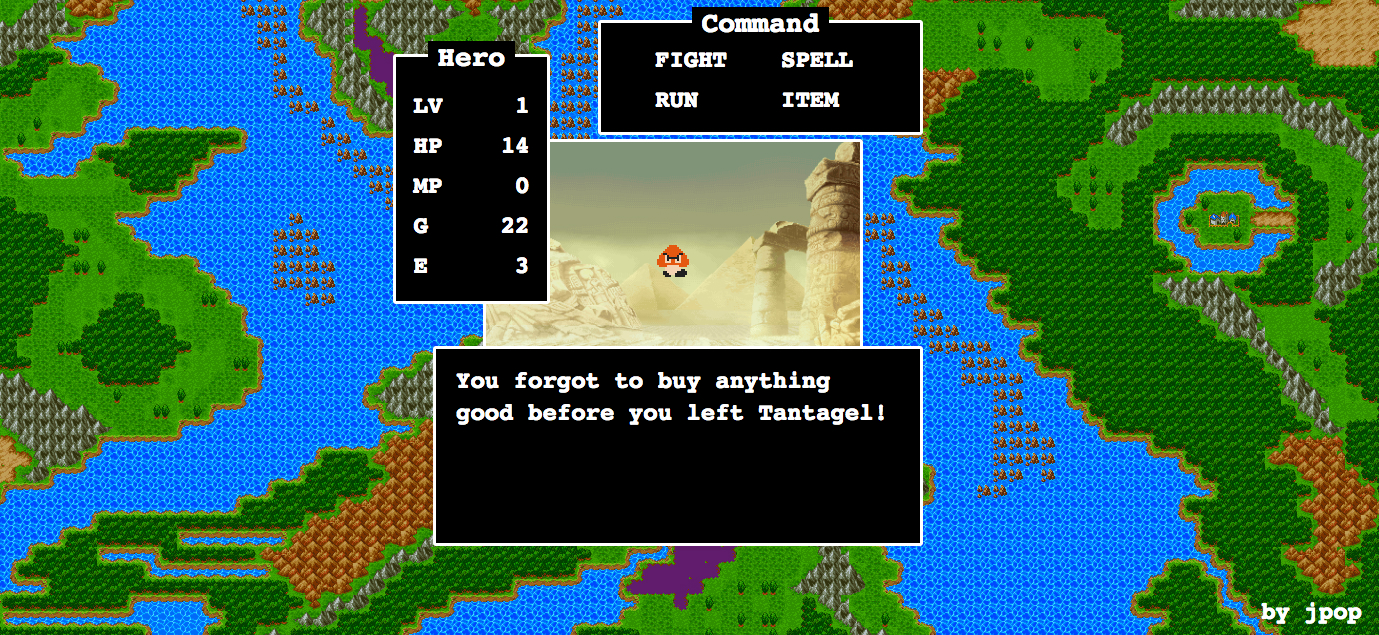
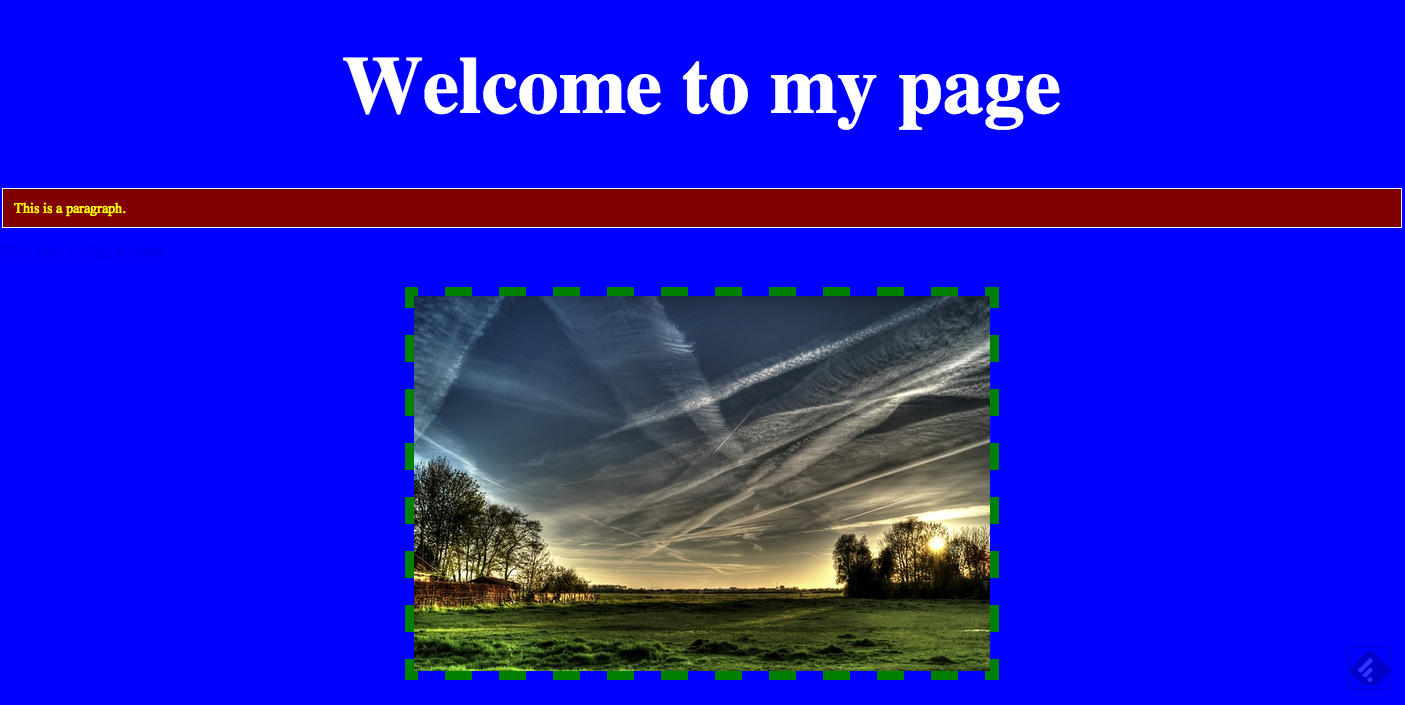

Pictures: Neocities
But requiring even minimal skills or a personal invite keeps niche communities semi-exclusive. Tilde is invitation only; the majority of its active users are part of a smallish media-focused social circle highly active on Twitter, where invitations were first distributed. Tilde currently has a wait list of 7000, according to New York Magazine, due in part, I would bet, to the cachet of the experiment’s participants. But that we would fight over the chance to the digital real-estate in which to build a low-functioning personal site speaks to the depth of this nostalgia.
Nostalgic for minimalism
By moving back toward the early web, we’re also recapturing an ability to actively reshape the internet around us, something that we’ve lost over the past decade. Like Tilde, the internet used to have a higher barrier to entry than what we’re used to today, and not just socially — you had to know some fundamentals of coding to join in.
“I love that I’m getting requests from my non-programmer twentysomething friends asking how to use SSH,” said Rusty Foster, who founded the collaborative website Kuro5hin in 1999. Although Tilde’s anachronistic interface became unnecessary by the late ’90s with the rise of Netscape, it still feels fresh to Foster. “The basic things you need to know to use Tilde.club are still the tools that people who build the internet use every day,” he said.
Beyond a community of pages, Tilde is also a chance to look under the hood of the internet in a way Facebook intentionally doesn’t allow us to. “It was natural that these platforms distanced us from the simple workings of the web,” said Brett O’Connor, who co-founded Put HTML, a minimalist service that allows users to host one megabyte of HTML code to link back to or embed elsewhere (this one is a favourite).
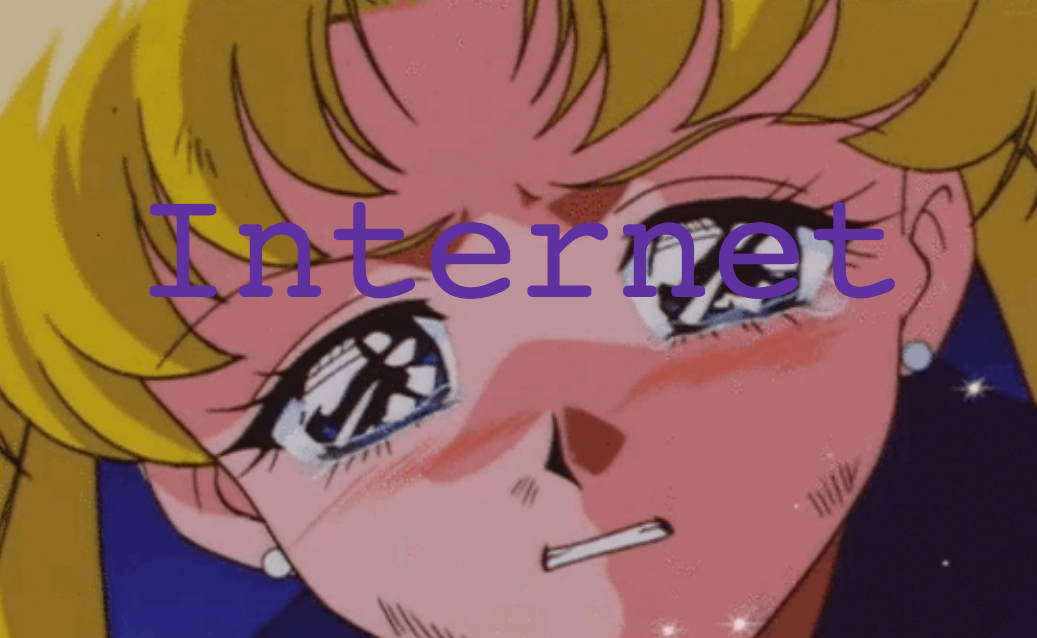
Picture: Put HTML
Both Tilde and Put HTML encourage us to play with the boundaries of internet aesthetics rather than work within them. Put HTML “liberated us from some of the current conventions of social media and content,” O’Connor said. If you’ve ever been nostalgic for the screen-filling tiled GIFs of old-school YTMND, now’s your chance to bring it all back.

Picture: YTMND
This shift could be found years ago in the work of internet-focused artists like Computers Club, Olia Lialina and the duo JODI, whose fractured-HTML homepage remains a monument to Web 1.0. In part it may be occurring because the internet changes so quickly that we’re unable to take stock of it in the moment. “The old web came and went so fast, and I think many of us are wondering what may have been left behind,” O’Connor said. “There is a form of archaeology happening.”
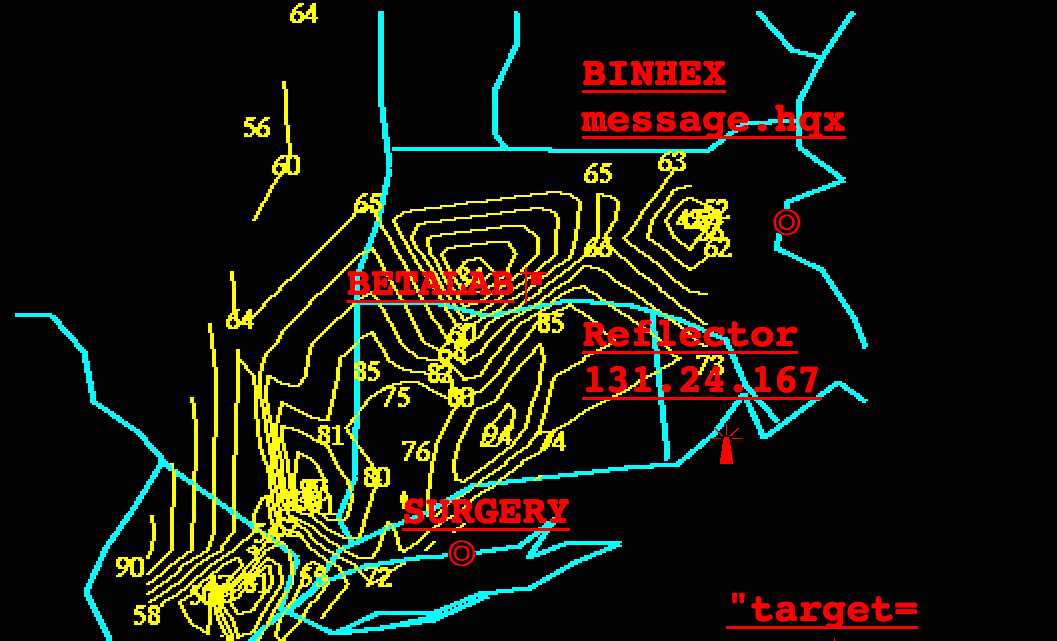
Picture: JODI
That archaeology is made literal in Lialina’s project with Dragan Espenschied, One Terabyte of Kilobyte Age. The Tumblr trawls the archive made of Geocities before it was taken down by Yahoo and displays screenshots of random websites once hosted on the platform, providing a perfect reference guide for Tilde users looking to faithfully replicate the past.

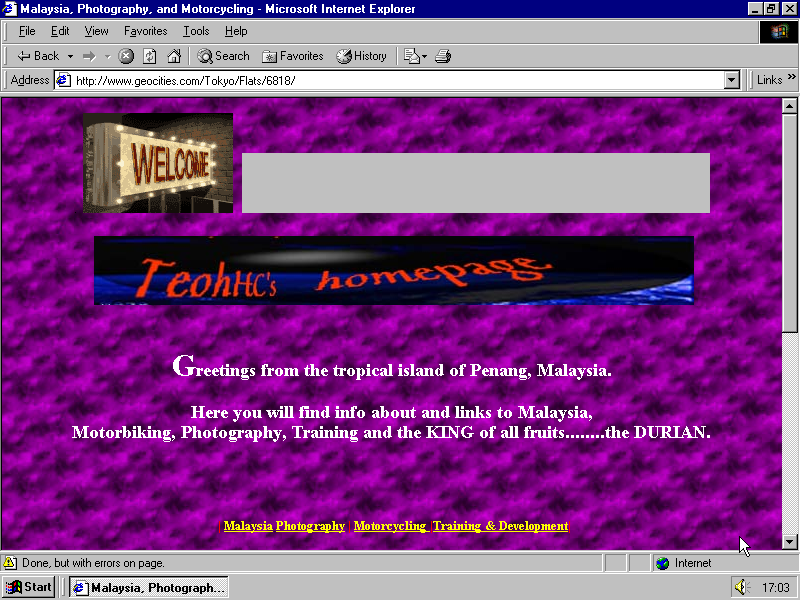
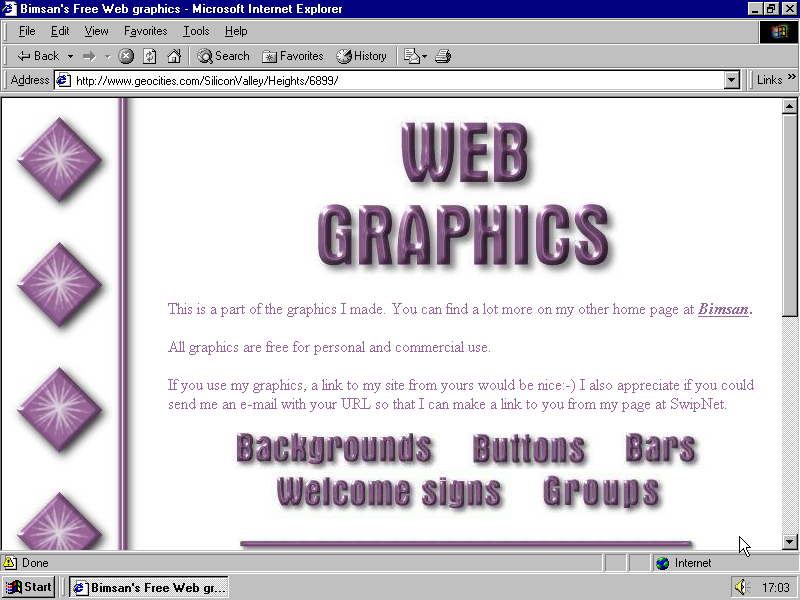
Pictures: Terabyte archive
Nostalgia isn’t a perfect answer
If nostalgia follows a 20-year cycle, then this trend is also perfectly timed for a larger wave of yearning for the ’90s. Communication online during that time was a potent experience — connecting with friends in distant places by email or AIM and chatting late into the night were brand new possibilities. By now, however, these experiences are mundane. We do the same thing thousands of times a day, for work and for fun, intentionally and passively. The Web 1.0 revival tries to recapture that initial rush.
But returning to online cliques isn’t a perfect answer. Foster learnt as much with Kuro5hin. “Managing an online community is the most difficult thing I’ve ever tried to do,” he said. “The hardest part is that eventually you face the need to exclude someone.” And if you don’t, you risk running into the same problems facing the mainstream internet today. The decisions on who to allow in “get made by default in favour of the loudest and most aggressive members, and eventually that’s all your community consists of,” Foster said.
Nostalgia could get in the way of taking advantage of the valuable aspects of the internet we’ve built over the past two decades. There’s an upside to our huge social networks. Facebook and Twitter allow for sharing on a massive scale, helping to break news and propel revolutions. They have also enabled more people to connect online than ever before, no skills, experience or special equipment needed.
It’s not a bad thing that the web has become democratised. It creates room for many spaces of all different sizes. Tight, Web 1.0-style communities gain in intimacy but they lose in creating open dialogue because they are limited by necessity. Whether it’s by intention, absence of invitations, or lack of an opportunity to learn basic coding, some users are left out, and we might end up regretting it.
